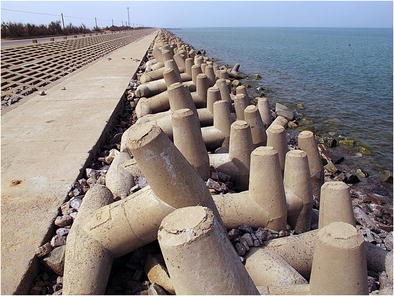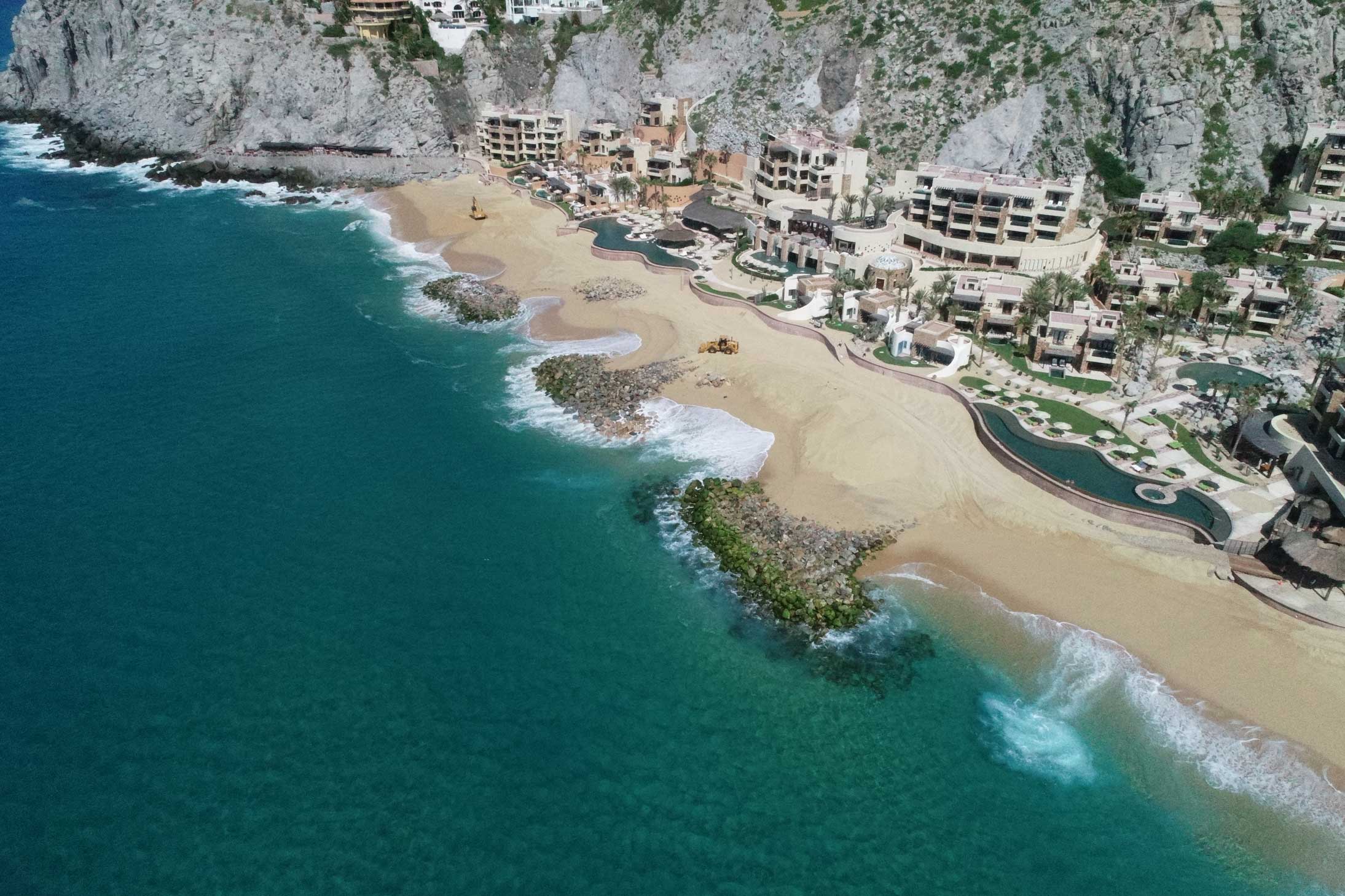Not known Details About Shore Protect Team
Wiki Article
The Best Strategy To Use For Shore Protect Team
Table of ContentsShore Protect Team - An OverviewThe Buzz on Shore Protect TeamShore Protect Team - QuestionsAn Unbiased View of Shore Protect TeamThe 5-Second Trick For Shore Protect TeamA Biased View of Shore Protect Team9 Simple Techniques For Shore Protect Team
Reduction in residential property worth: As the area tourist is influenced by erosion, so then is the economic climate. Customers are much less likely to search for a coastline house that might be destroyed at any kind of moment by the impending flooding and erosion emergency situation. Subsequently, residential or commercial property worth can drop immensely and impact the whole area.Whether a coastline is simply small and congested or needs to shut entirely for the safety of the community and close-by residential or commercial properties, this considerably affects tourism. In turn, local economic climates are influenced (https://github.com/shrprtcttm). Danger of injury: The increased danger of flooding and architectural failings causes a boosted threat of injury to nearby visitors and community participants

is home to greater than 84,240 miles of shoreline with 41% of it exposed to the open ocean. Coastal designers supervise of safeguarding the coastline versus adjustments by minimizing the harmful effects of both all-natural and man-made incidents. Coastline stablizing is straight associated to their task. Beachfront resorts: Due to the fact that coastline erosion impacts tourism, it affects the success of waterside hotels.
Rumored Buzz on Shore Protect Team
This at some point brings about closures and deserted beachfront homes. Coastal commercial organizations: No visitors suggests no service. For those services satisfying locals, their residential or commercial property goes to danger of damage from erosion and flooding. Coastal state parks: State parks that exist along coasts are at threat of damage. Not just to the manmade structures and properties on site, yet also to the natural environments that exist within.Hard stabilization uses manufactured structures as security to regulate erosion. Many forms of difficult stabilization like seawalls and sheet metal are not suitable for coastline stablizing.
The Shore Protect Team Ideas
There's also not adequate evidence of their efficiency depending on the kind of shoreline and local problems. Difficult stabilization techniques often tend to be harder to install and do not match the natural visual, standing out like a sore thumb and damaging local ecosystems in numerous scenarios. Coastline nutrition is the process of including shed sand and sediment back to coastlines after erosion has actually occurred.TrapBags help in the procedure of coastline nutrition by shielding all-natural communities and enabling plants to expand. While this procedure can be pricey and is not irreversible, the pros have a tendency to surpass the cons. TrapBag obstacles offer many residential or commercial properties that make them ideal for coastal and shore erosion security. They're: Environmentally friendly: You can use native dirt both to surround and to fill the TrapBags.

The 10-Second Trick For Shore Protect Team
Easy to install: Reduce of installation suggests TrapBags can be released swiftly in the event of an emergency. They can also be mounted without any kind of hefty equipment. Cost effective: TrapBags are suitable for both small and large locations of coastline. They provide a budget friendly remedy to cover jobs of any dimension.Integrated with a high building price, this has brought about boosting use various other soft design seaside management alternatives such as beach replenishment. Seawalls are created from various products, most frequently reinforced concrete, stones, steel, or gabions. Various other possible building products consist of vinyl, timber, light weight aluminum, fiberglass composite, and biodegradable sandbags made from hemp and coir. The proper seawall style depends on location-specific elements, consisting of surrounding disintegration processes. There are three main types of seawalls: upright, curved, tipped, and mounds (see table below).
All-natural barriers, such as coral reefs and mangrove woodlands, stop the spread of tidal waves and the circulation of coastal waters and alleviated the flood and rise of water. A cost-benefit approach is an efficient means to determine whether a seawall is proper and whether the benefits deserve the expense.
An Unbiased View of Shore Protect Team
A seawall is a static attribute which can clash with the vibrant nature of the coastline and hinder the exchange of debris between land and sea. Benefits and drawbacks of seawalls according to Short (1999) Advantages Drawbacks Lengthy term option in contrast to soft beach sustenance (https://japaneseclass.jp/notes/open/105201).
This can cause coastlines to dissipate, providing them worthless for beach goers. Generally, seawalls can be a successful method to regulate seaside disintegration, however only if they are built well and out of products that can withstand the force of ongoing wave energy.
Some Known Details About Shore Protect Team
Incorporated with a high building expense, this has resulted in enhancing use various other soft design coastal administration options such as coastline replenishment. Seawalls are created from different materials, most generally enhanced concrete, stones, steel, or gabions. Other feasible building and construction products include plastic, wood, light weight aluminum, fiberglass composite, and biodegradable sandbags constructed from jute and coir. The ideal seawall style relies on location-specific elements, including bordering erosion procedures. There are three primary kinds of seawalls: vertical, rounded, tipped, and mounds (see table listed below).All-natural obstacles, such as reef and mangrove forests, prevent the spread of tidal waves and the flow of coastal waters and minimized the flood and surge of water. A cost-benefit strategy is an efficient means to establish whether a seawall is ideal and whether the benefits deserve the expenditure.
Shore Protect Team Things To Know Before You Buy
A seawall is a static attribute which can conflict with the dynamic nature of the coastline and hinder the exchange of sediment in between land and sea. The table below sums up some favorable and adverse effects of seawalls which can be used when comparing their efficiency with other coastal management choices, such as beach nutrients. [] Benefits and downsides of seawalls according to Short (1999) Benefits Downsides Long-term service in comparison to soft coastline sustenance. shoreline protection.
This can cause beaches to dissipate, making them worthless for beach goers. Normally, seawalls can be an effective way to manage seaside disintegration, yet only if they are built well and out of products that can hold up against the force of ongoing wave energy.
Report this wiki page